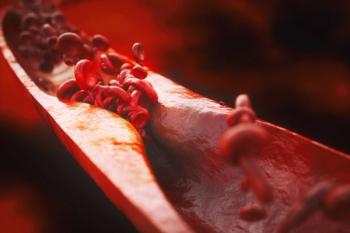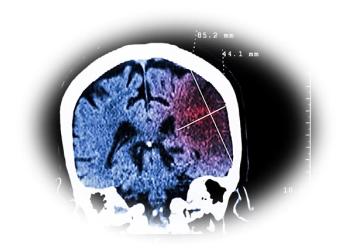
Older Man With Morning Stiffness and Achiness in His Shoulders and Hips
A 78-year-old man complains that he has not “felt well” for several months. Hismajor symptom is profound morning stiffness and achiness, especially in theshoulders and hips. In addition, he has little energy and has difficulty in completingeven routine daily activities.
A 78-year-old man complains that he has not "felt well" for several months. Hismajor symptom is profound morning stiffness and achiness, especially in theshoulders and hips. In addition, he has little energy and has difficulty in completingeven routine daily activities.HISTORYBefore his current illness he was socially active, continued to drive a car,and in general participated fully in life. He shows no signs of mental decline;he still can manage his financial affairs and balance his checkbook. He deniesany symptoms suggestive of congestive heart failure. He also has had no focalneurologic symptoms, such as transient ischemic attacks, headache, or amaurosisfugax. He has never smoked.PHYSICAL EXAMINATIONVital signs are normal. Head, ears, eyes--including the retinas--nose,and throat are also normal. There are no neck bruits. Chest is clear and hearthas regular rhythm, without gallops or murmurs. There are no focal neurologicsigns; however, active range of motion and strength of the shoulders--andto a lesser extent the pelvic girdle--are limited by aching pain. No inflammationis evident in any joint.LABORATORY STUDIESResults of a chemistry panel are normal. Hemoglobin level is 9.5 g/dL;mean corpuscular volume and ferritin level are normal. The erythrocyte sedimentationrate (ESR) is 110 mm/h. Results of a test for rheumatoid factor arenegative.What is the most appropriate next step?A.Order a temporal artery biopsy.B.Prescribe ibuprofen, 800 mg twice daily.C.Prescribe prednisone, 15 mg/d.D.Order a chest CT scan.CORRECT ANSWER: CThis patient's symptoms are congruent with the classicclinical criteria for polymyalgia rheumatica (PMR) as formulatedby Chuang and colleagues1:
- Age 50 years or older.
- Bilateral aching and/or stiffness for 1 month or longerthat involves 2 or more of the following: neck, shoulders,proximal arm area, hips, proximal thigh area.
- ESR greater than 40 mm/h.
- Exclusion of other diagnoses--except giant cellarteritis.1
Giant cell arteritis, for which a temporal artery biopsy(choice A) is the test of choice, is a disorder closely relatedto PMR. However, this man does not have symptomstypical of temporal arteritis, such as headaches(seen in 66% of patients), vision loss (20% of patients), orjaw claudication (10% of patients).
1
There also is no scalptenderness.
1
The presentation seen here is far more typical ofPMR, and most clinicians would initiate therapy for thatdisorder. This consists of a corticosteroid, such as prednisoneor the equivalent, at a starting dosage of 10 to20 mg/d (choice C); such a regimen is rapidly effective ina majority of patients.NSAIDs can also help ameliorate symptoms of PMR.However, in older patients such as this man, cyclooxygenase-2-specific NSAIDs are safer than nonspecific agents,such as ibuprofen, which are associated with an increasedrisk of upper GI tract bleeding. Thus, even if NSAIDswere offered to this patient as adjunctive therapy, thereare better options than ibuprofen (choice B).Malignancy is always a concern in an elderly patient.Neoplasms, such as bronchogenic carcinoma, can be accompaniedby a variety of neurologic syndromes, such aspseudomyasthenia (Eaton-Lambert syndrome); the symptomsassociated with these syndromes resemble thoseseen in PMR. However, this patient has no symptoms relatedto his chest and has never smoked; thus, a CT scanto rule out bronchogenic carcinoma (choice D) is notappropriate.
Outcome of this case.
Prednisone, 15 mg/d, wasprescribed. When the patient returned for follow-up 3weeks later, almost all of his symptoms had resolved, hishemoglobin level had risen to 10.9 g/dL, and his ESR was48 mm/h. A very slow tapering of the prednisone dosagewas planned.
References:
REFERENCE:
1.
Chuang TY, Hunder GG, Ilstrup DM, Kurland LT. Polymyalgia rheumatica: a10-year epidemiologic and clinical study. Ann Intern Med. 1982;97:672-680.
FOR MORE INFORMATION:
- Salvarani C, Cantini F, Boiardi L, Hunder GG. Polymyalgia rheumatica andgiant-cell arteritis. N Engl J Med. 2002;347:261-271.
Newsletter
Enhance your clinical practice with the Patient Care newsletter, offering the latest evidence-based guidelines, diagnostic insights, and treatment strategies for primary care physicians.
















































































































































































































































































